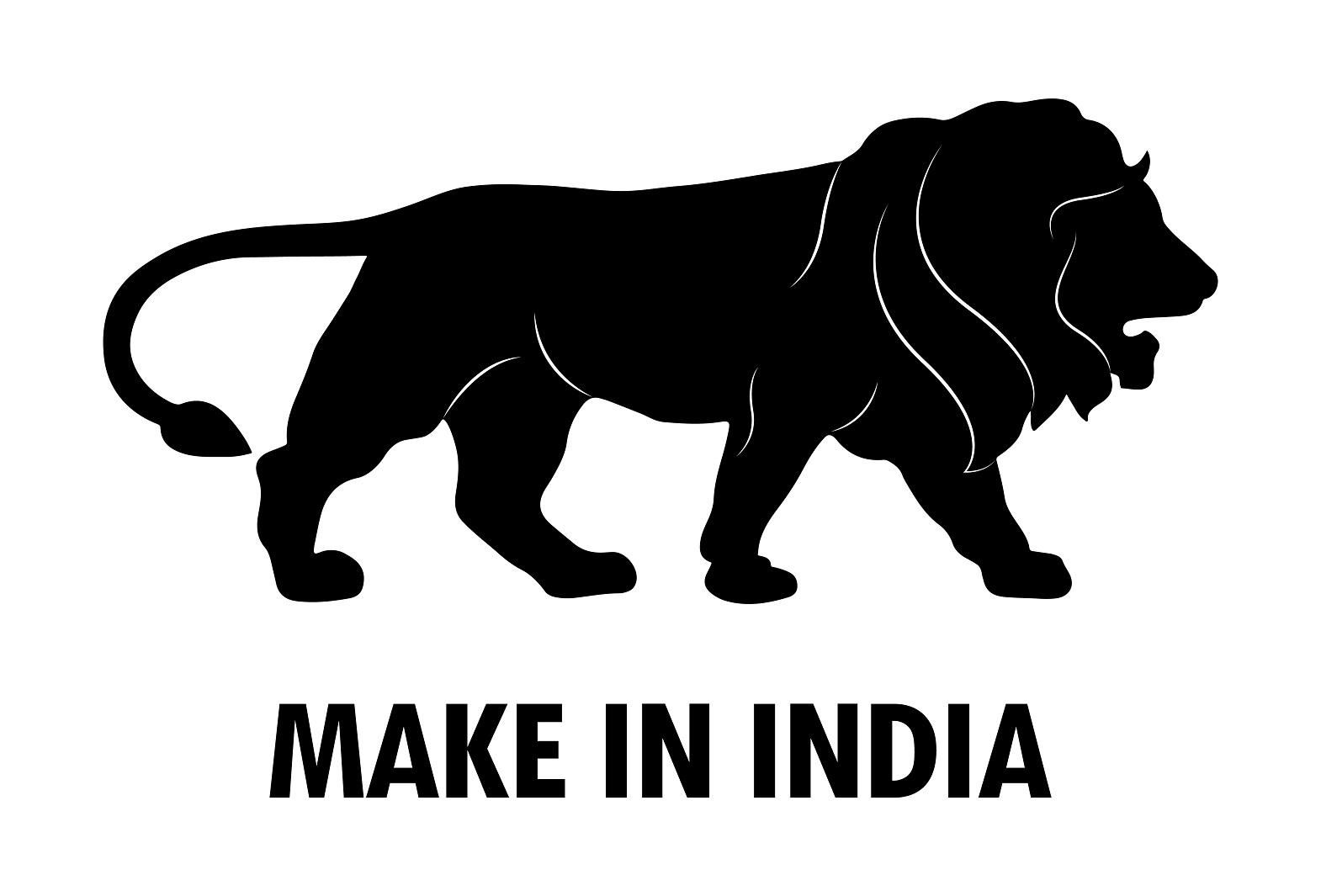Under the campaign, the government of India has identified twenty-five thrust sectors where potential investment and manufacturing of products can be fruitful. Railways, tourism and hospitality, wellness, leather, aviation, ports, chemicals, IT, pharmaceuticals, and textiles are some of them. With textiles and garments having a significant contribution to the GDP of the nation and the country boasting to be the second-largest manufacturer of textile products, there are ample opportunities for investors to explore.
Since the textile industry of India also plays a significant role in creating employment, generating a substantial industrial output, and bringing revenue through export of garments and other textile products, inviting investors through a platform like "Make in India" can be beneficial. The nation is also home to 24 percent of the world's spindle capacity and 8 percent of rotor capacity, along with a loom capacity (consisting of both handlooms and mechanized) of 63 percent, which is the highest in the world.
There are many aspects that garner attention from investors around the world to invest in the textile and garment sector of India. The size of the garments and textile market in the country is big for one. According to the Indian Brand Equity Foundation (IBEF), the nation has the potential to reach global trade in textiles to about 8 percent and can be worth $80 billion by 2020.
The "Make in India" programme also has incorporated a bundle of other initiatives along with laying a red carpet for investors. This includes many new initiatives crafted to facilitate investments, protection of the intellectual property rights, nurture innovations, and provide a world-class manufacturing infrastructure. Moreover, the campaign is not only launched at a national level but also at the state level to provide a wide reach for investors. It is also further going to be promoted at missions abroad to find top corporates and will also find companies in the domestic textile market that have been using innovative technologies, who will be provided support to help them become world leaders.
The fashion and apparel industry is also a prospective area in which investments can be expected since India offers 100 percent Foreign Direct Investment (FDI) in single-brand retail and 51 percent in multi-brand retail. This allows foreign brands to enter India by either a joint venture or having a licensing agreement with a domestic brand or company. Since many small and medium-scale enterprises supply apparels to international brands, they will benefit from Modi government's "Make in India" initiative. A lot of multinational brands foraying into the apparel market will face competition and maintaining costs will source from India to sustain and provide the latest products in a short span of lead time. This will intern improve the supply chain efficiencies, designs, and overall products of the domestic companies consequently leading to updated processes and upgraded manufacturing setups.
The rise in disposable incomes and growing consumerism have invited many international players in the retail sector such as Guess, Marks & Spencer, and Next. The expected growth of the organized retail sector is believed to grow at a compound annual growth rate of 13 percent and more over a decade's period.
Government of India under the campaign assures foreign investors to provide complete assistance right from their entry to their exit with the help of an investor's facilitation cell. The government has also made a conscious effort to make sure the manufacturing also considers the green and advanced sustainable technologies. Another policy introduced was the concept of "Zero Defect, Zero Effect".
The government initiatives in the country have also fostered the development of the textile and garment industry to attract international investors. According to the twelfth five year plan and under the Integrated Skill Development Scheme 2,675,000 individuals will be trained in the next 5 years. The scheme covers a wide range of sub-sectors that fall under the textile and apparel industry like handicrafts, handlooms, jute, and sericulture.
There are immense opportunities in the area of technical textiles growing in India too. An allotment of US $ 115.74 million has been made specifically for technical textiles in India in the twelfth five year plan. With an annual growth rate of 3.5 percent, the technical textile industry reached US $ 123.68 billion in the year 2012-2013. With such remarkable statistics, potential for investments in this sector are also high.
The "Make in India" campaign highlights different sectors in the country where international companies can conduct manufacturing operations, among which the textile and apparel industry proves to be a promising sector in all its strength. An initiative like this is expected to lure foreign investors and is a proactive approach to improve India's rate for the ease of doing business globally.
References:
1. Economictimes.com
2. Ibef.org
3. Technopak.com
4. Makeinindia.com

20240830145908.gif)
20240924091633.png)


20240924111837.jpg)




Comments